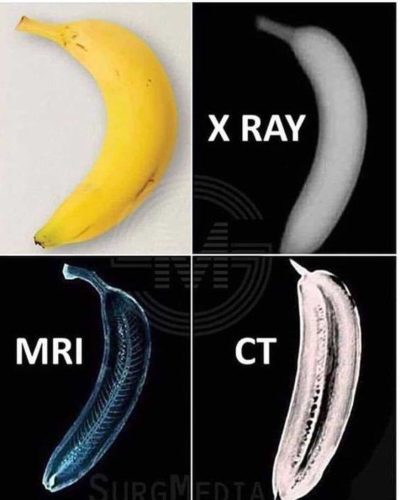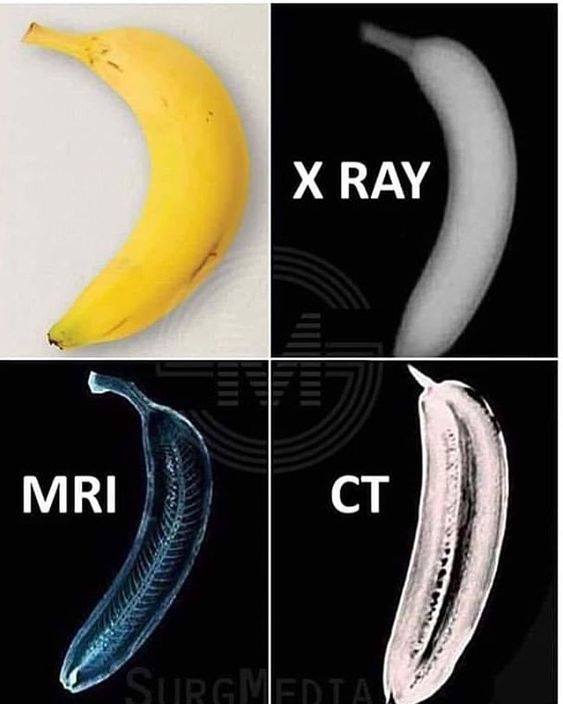
X-Ray, CT Scan, MRI, Ultrasound, PET Scan
X-Ray:
- X-rays are quick, painless tests that produce images of the structures inside your body, especially bones.
- What to expect: You will lie, sit, or stand while the x-ray machine takes images. You may be asked to move into several positions.
- Duration: 10-15 minutes
- Imaging Method: ionizing radiation
- Used to diagnose: bone fractures; arthritis; osteoporosis; infections; breast cancer; swallowed items; digestive tract problems
CT Scan:
- CT scans use a series of x-rays to create cross-sections of the inside of the body, including bones, blood vessels, and soft tissues.
- What to expect: You will lie on a table that slides into the scanner, which looks like a large doughnut. The x-ray tube rotates around you to take images.
- Duration: 10-15 minutes
- Imaging Method: ionizing radiation
- Used to diagnose: injuries from trauma; bone fractures; tumors and cancers; vascular disease; heart disease; infections; used to guide biopsies
MRI:
- MRIs use magnetic fields and radio waves to create detailed images of organs and tissues in the body.
- What to expect: You lie on a table that slides into the MRI machine, which is deeper and narrower than a CT scanner. The MRI magnets create loud tapping or thumping noises.
- Duration: 45 minutes – 1 hour
- Imaging Method: magnetic waves
- Used to diagnose: aneurysms; Multiple Sclerosis (MS); stoke; spinal cord disorders; tumors; blood vessel issues; joint or tendon injuries
Ultrasound:
- Ultrasound uses high-frequency sound waves to produce images of organs and structures within the body.
- What to expect: A technician applies gel to your skin, then presses a small probe against it, moving it to capture images of the inside of your body.
- Duration: 30 minutes – 1 hour
- Imaging Method: sound waves
- Used to diagnose: gallbladder disease; breast lumps; genital/prostate issues; joint inflammation; blood flow problems; monitoring pregnancy; used to guide biopsies
PET Scan:
- PET scans use radioactive drugs (called tracers) and a scanning machine to show how your tissues and organs are functioning.
- What to expect: You swallow or have a radiotracer injected. You then enter a PET scanner (which looks like a CT scanner) which reads the radiation given off by the radiotracer.
- Duration: 1.5 – 2 hours
- Imaging Method: radiotracers
- Used to diagnose: cancer; heart disease; coronary artery disease; Alzheimer’s Disease; seizures; epilepsy; Parkinson’s Disease
From UVA Radiology and Medical Imaging
